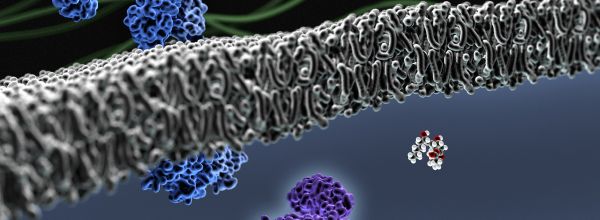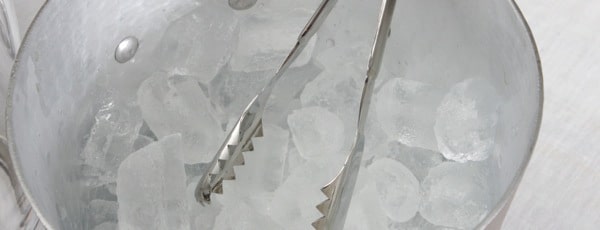How to Make Lipid Bilayers
Supported lipid bilayers are a very useful tool in many fields of cell and membrane biology. But how easy is it to make them? Bilayers can be made quite reproducibly, once you have found a reliable protocol! However, it can take some time to optimize your technique, so to increase your chances, make sure you…















